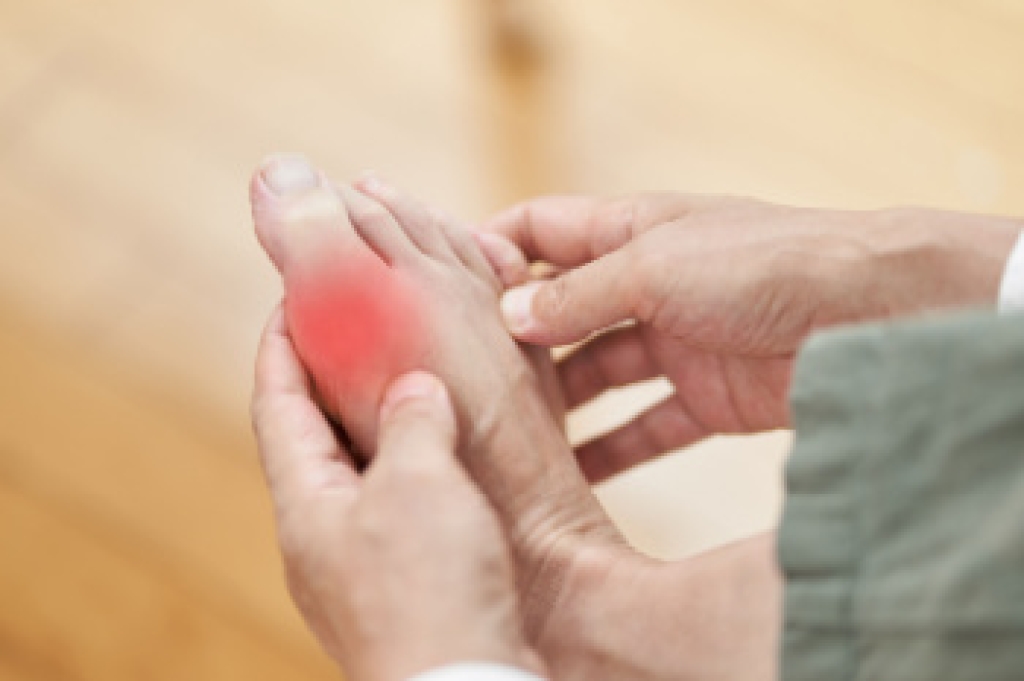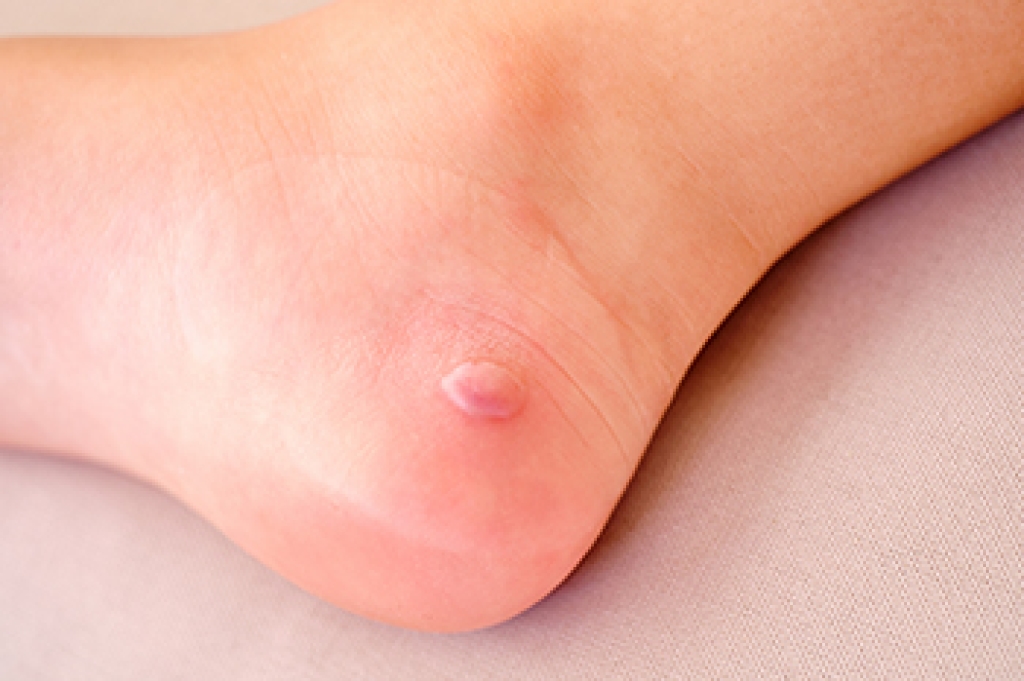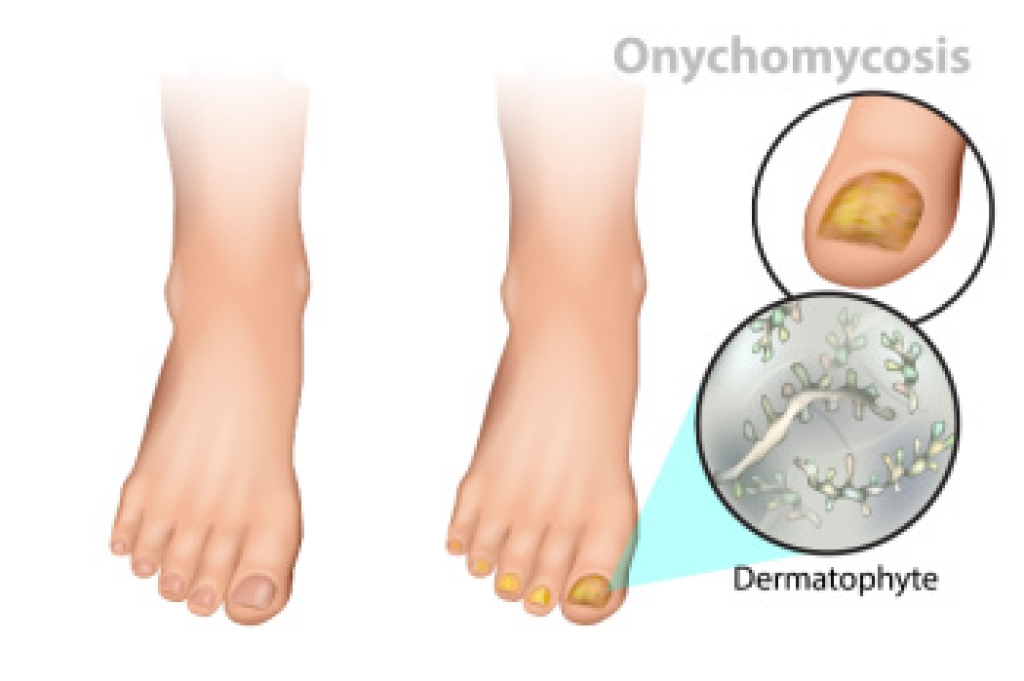
Gout is a form of inflammatory arthritis that occurs when uric acid crystals build up in a joint, most commonly at the base of the big toe. It often begins suddenly and causes intense pain, swelling, redness, and warmth that can make even light touch uncomfortable. Risk factors include obesity, high blood pressure, kidney disease, and diabetes, all of which can increase uric acid levels in the body. Gout attacks may recur if the underlying cause is not addressed. A podiatrist can evaluate the affected joint, confirm the diagnosis, and create a personalized plan that may include lifestyle guidance, footwear changes, and targeted treatments to reduce inflammation. If you have symptoms of gout, it is strongly suggested that you are under the care of a podiatrist who can help you to manage this painful condition.
Gout is a foot condition that requires certain treatment and care. If you are seeking treatment, contact Judson Siegel, DPM from Assabet Family Podiatry. Our doctor will treat your foot and ankle needs.
What Is Gout?
Gout is a type of arthritis caused by a buildup of uric acid in the bloodstream. It often develops in the foot, especially the big toe area, although it can manifest in other parts of the body as well. Gout can make walking and standing very painful and is especially common in diabetics and the obese.
People typically get gout because of a poor diet. Genetic predisposition is also a factor. The children of parents who have had gout frequently have a chance of developing it themselves.
Gout can easily be identified by redness and inflammation of the big toe and the surrounding areas of the foot. Other symptoms include extreme fatigue, joint pain, and running high fevers. Sometimes corticosteroid drugs can be prescribed to treat gout, but the best way to combat this disease is to get more exercise and eat a better diet.
If you have any questions, please feel free to contact our offices located in Plainville, Marlborough, and Somerset, MA . We offer the newest diagnostic and treatment technologies for all your foot care needs.




